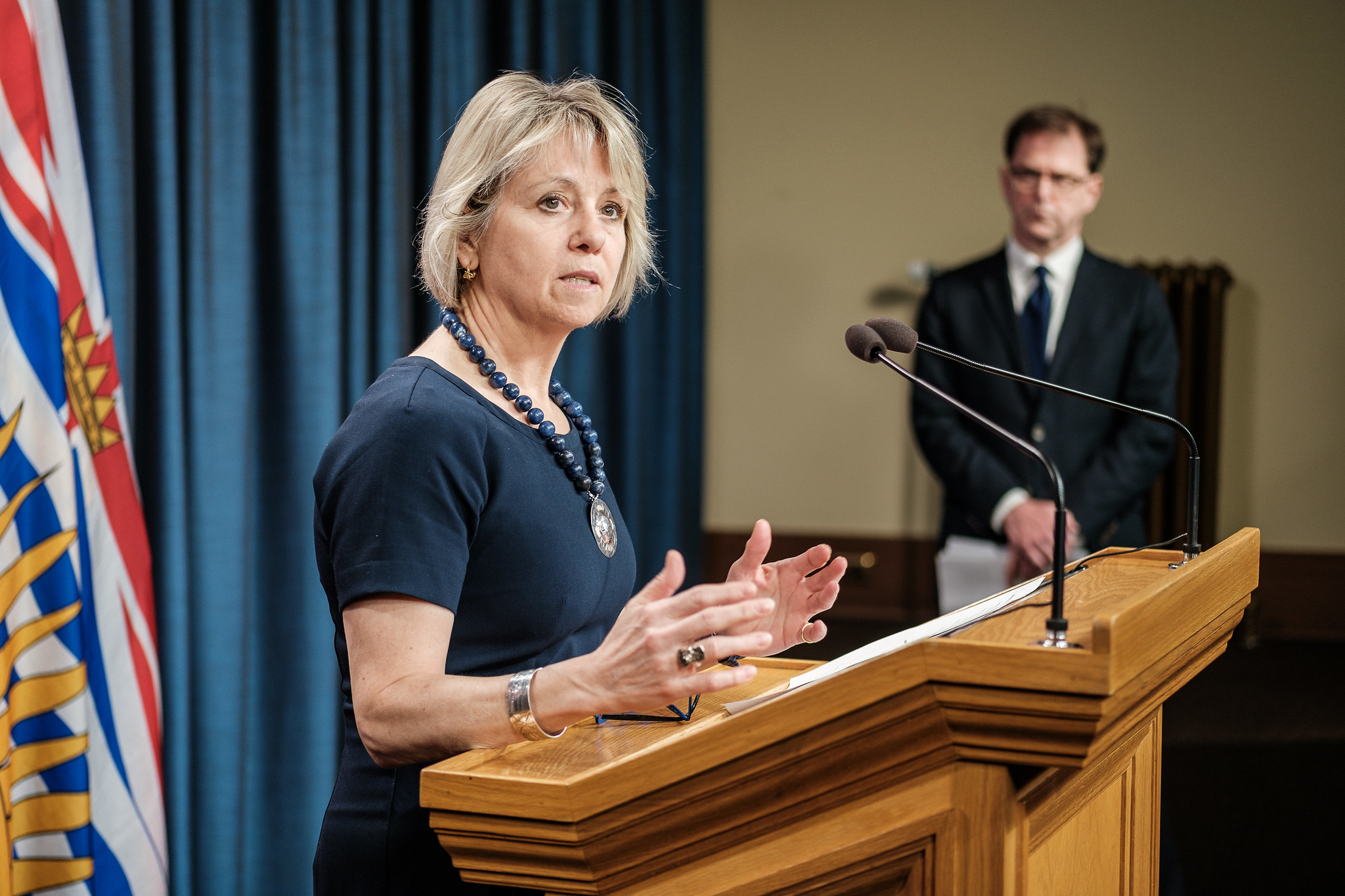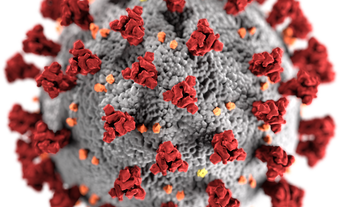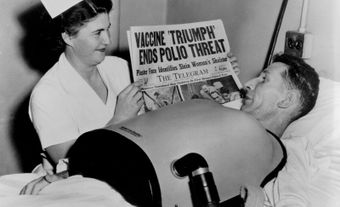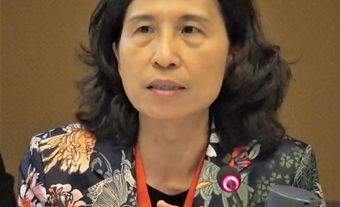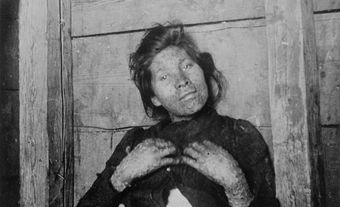Illness and disease are communal problems. While individual interventions can have an impact, they are less effective than measures that can be done at a community level. Preventing disease and promoting health among individuals and the population at large is the purpose of public health. Public health is managed by local, regional, national and international public health authorities. Public health interventions include research, prevention, education and emergency preparedness. The most important public health interventions for reducing mortality over the past 150 years have included cleaning the water and air, making roads safer and immunizing against infectious diseases. Ironically, as is often said by public health practitioners, success in public health is often invisible when measures are working. In Canada, the rapid emergence, urgency, severity, global scope and long persistence of the COVID-19 pandemic has put all aspects of public health in the public and political spotlight to a greater degree than ever before. For some Canadians, this has resulted in a loss of confidence in public health authorities, while others have realized the importance of maintaining and funding public health.
This is the full-length entry about Public Health in Canada. For a plain-language summary, please see Public Health in Canada (Plain-Language Summary).
What Is Public Health?
Public health is the science of protecting and improving the health of people and communities. This includes research into disease and injury prevention; detection, response to and prevention of infectious diseases; promotion of healthy lifestyles; and emergency preparedness. It includes protecting both the physical and mental health of populations. In Canada, public health is a shared responsibility among municipal, provincial/ territorial and federal governments, as well as Indigenous authorities and organizations ( see Indigenous Peoples in Canada; Indigenous Self-Government in Canada). Hospitals, universities, community agencies and volunteer organizations are also involved in promoting and protecting public health. The World Health Organization (WHO), an agency of the United Nations, provides international leadership on global health matters and coordination of research and responses to public health events.
Factors that Affect Health
While health care focuses on treating people who are unwell, public health aims to prevent people from getting sick. The focus of public health is on populations, not on individual patients. As such, public health aims to identify and prevent threats to the health of a community. This includes not only identifying and responding to infectious disease threats but also addressing social and economic factors that influence health, otherwise known as “social determinants of health.” Such factors include education, unemployment and job insecurity, working life conditions, food insecurity, housing and access to affordable health services of decent quality. For example, researchers who study obesity (which can cause osteoarthritis, cardiovascular disease and diabetes) look at the underlying reasons why people overeat (see Heart Disease). Possible factors are education, stress, opportunities for physical activity and cost and availability of nutritious food.
Public Health Activities
Public health involves six main activities: health surveillance, population health assessment, health protection, disease and injury prevention, health promotion and emergency preparedness and response.
Health Surveillance
An important part of public health is tracking the health of the community. According to WHO, health surveillance is the continuous, systematic collection, analysis and interpretation of health-related data. Such health data includes vital statistics (e.g., births, deaths); incidence of disease; vaccine availability, compliance and adverse reactions; patient symptoms; treatment; lifestyle choices; and environmental and social factors. (See also Vaccination and Vaccine Hesitancy in Canada.) The collection and analysis of this data help public health practitioners better identify and understand the epidemiology (i.e., distribution and determinants) of health problems. This, in turn, can lead to better policies and approaches (See Health Policy). It also helps them predict health emergencies and develop tools to help prevent or respond to such events. Finally, health surveillance allows experts to monitor and assess the progress and impact of public health policies and other interventions.
Population Health Assessment
Public health also involves the routine collection and analysis of health data. This data allows experts to better understand the health of communities or specific populations. It can also help identify factors that promote health or pose a risk to health. With this knowledge, public health practitioners can develop better services and policies for the community.
Health Protection
Another facet of public health is developing regulations to ensure the health and safety of the population. This includes a regulatory framework to control infectious diseases, ensure food and drug safety and protect people from environmental threats.
Disease and Injury Prevention
Public health also aims to prevent injury and disease, both physical and mental. This includes investigating the sources of disease and implementing protocols and procedures to reduce the risk of infectious disease emergence and outbreaks. Public health also includes research into healthy lifestyles that may reduce the likelihood and incidence of mental illness and diseases such as cancer, diabetes and HIV/AIDS (see Mental Health). In addition, public health involves prevention of injuries, including falls (e.g., among seniors), concussions (e.g., on the sports field) and workplace injuries. (See also Occupational Diseases).
Health Promotion
In addition to preventing disease and injury, public health aims to improve health. Public health experts manage this by helping to develop public policies at the governmental level. They also work with other partners, including community agencies and volunteer organizations, to encourage and support healthy lifestyles, advocate for environmental protections, reduce poverty and improve housing and sanitation. Media also plays an indirect role in public health by publicizing these issues and sharing information about healthy lifestyles. (See also Communications.)
Emergency Preparedness and Response
Public health also involves preparing for and responding to man-made and natural disasters to minimize serious illness, death and social disruption. Natural disasters include floods, earthquakes and outbreaks of dangerous infectious diseases (e.g., SARS, COVID-19). Man-made disasters could include biological threats, explosives and exposure to radioactive substances.
Public Health Organizations and Responsibilities
International
WHO provides international leadership on global health matters and coordination of research and responses to public health events. It also monitors health trends and events. WHO played a leading role in eliminating smallpox, which was declared eradicated in 1980. Ongoing campaigns include eradicating polio and improving maternal and child health. (See also Canada and the Development of the Polio Vaccine.) As a member of the United Nations, Canada supports the work of WHO. As of 2021, Canada provided an average of about $18 million annually over the past five years.
Public Health Organizations in Canada

Public health is a shared responsibility in Canada. Governments at the federal, provincial/ territorial and municipal levels pass laws, develop policies and provide funding for public health organizations. Public health professionals are educated in the classroom, the laboratory, the clinic and in the field. In Canada, a variety of graduate and postgraduate programs in public health are offered by several universities, the largest of which is the Dalla Lana School of Public Health at the University of Toronto. Physicians can also undergo further training to earn a specialty certification in the Public Health and Preventive Medicine Residency Program from the Royal College of Physicians and Surgeons of Canada. The work of public health professionals is also reinforced and enhanced through provincial and national public health associations, including the Canadian Public Health Association. Publications such as the Canadian Journal of Public Health also contribute to the advancement of public health research and activities (see Medical Research).
Public Health Agency of Canada
The Public Health Agency of Canada (PHAC) coordinates intergovernmental approaches to public health and develops national policies. It also provides funding to community, volunteer and not-for-profit agencies that support these policies. In addition, PHAC publicizes Canadian research and best practices in the international community. In turn, it applies international research to Canada’s public health programs.
Provincial and Territorial Public Health Agencies
Provinces and territories also have public health agencies, such as Public Health Ontario, Institut national de santé publique du Québec (INSPQ) and the BC Centre for Disease Control. These agencies monitor population health and respond to infectious disease outbreaks and environmental incidents. They also provide guidance on immunization programs, provide laboratory services, develop educational programs, provide scientific and technical expertise to health professionals and advise governments in developing health policy.
Municipal
At the municipal level, public health departments have many responsibilities, including conducting health surveillance, administering and reporting on vaccines, managing health clinics, producing and distributing reports and preparing guidelines and public information pamphlets. Municipal public health departments also inspect public facilities, such as pools, childcare centres and restaurants and their kitchens.
Public health officers at the municipal, provincial/territorial and federal levels play an important role in educating and informing Canadians about public health risks and responses. During the COVID-19 pandemic, for example, Canada’s Chief Public Health Officer, Theresa Tam, made daily updates and announcements via traditional media and social media platforms. She and her provincial counterparts, such as British Columbia’s Provincial Health Officer, Bonnie Henry, became widely known by the Canadian public during the pandemic. Similarly, at the municipal level, local Medical Officers of Health, such as Eileen de Villa in Toronto, provided regular public updates during the COVID-19 pandemic.
Challenges
It is popularly said that when public health functions effectively, it becomes invisible to the public. This is due to the mission and approach of public health, which aims to prevent disease and ensure the long-term health of a population. The invisibility of a functioning public health operation, however, is one of public health’s main challenges, as individuals, business leaders, industry, media and politicians can easily neglect, ignore, undervalue and underfund what is not easily seen. This becomes a problem if a new public health crisis, like the COVID-19 pandemic, occurs and public health is unable to respond and keep individuals and the larger population informed, safe and healthy.

 Share on Facebook
Share on Facebook Share on X
Share on X Share by Email
Share by Email Share on Google Classroom
Share on Google Classroom

